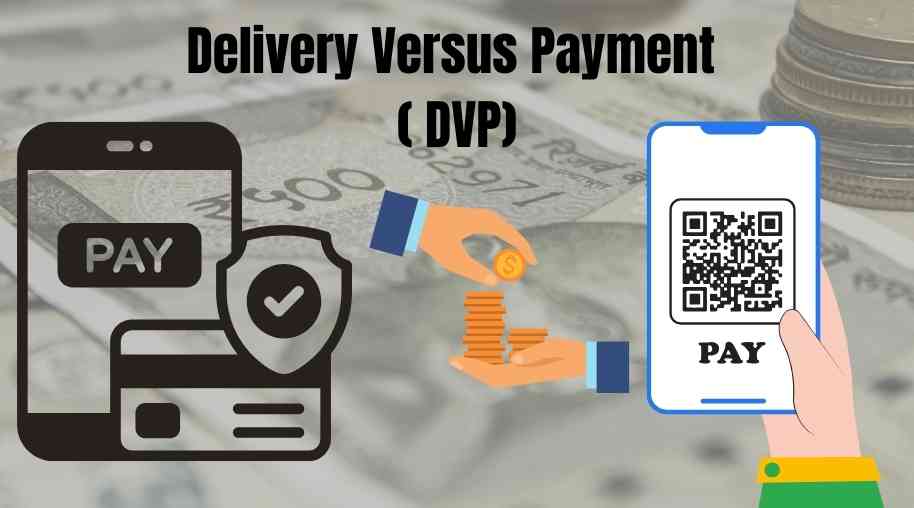DIR Full Form-Differential Interest Rate
by Shashi Gaherwar
0 1827
Understanding the Differential Interest Rate (DIR) Scheme: Empowering Financial Inclusion
The Differential Interest Rate (DIR) Scheme, introduced by the Reserve Bank of India (RBI), provides concessional loans to disadvantaged groups, promoting financial inclusion and supporting small-scale enterprises for economic development.

This article explores the objectives, features, benefits, challenges, and future of the DIR Scheme.
What is the Differential Interest Rate (DIR) Scheme?
Launched in 1972 by the RBI, the Differential Interest Rate (DIR) Scheme encourages banks to lend to economically weaker sections at a low interest rate of 4% per annum. It aims to foster self-employment, rural development, and financial empowerment.
Key Features of the DIR Scheme
The DIR Scheme includes:
- Low Interest Rate: Loans at 4% per annum.
- Targeted Beneficiaries: Low-income groups and small entrepreneurs.
- Bank Involvement: Offered through public sector banks and regional rural banks.
- Reducing Informal Lending: Replaces high-interest moneylenders.
- Productive Investments: Supports agriculture and small businesses.
Objectives of the DIR Scheme
The DIR Scheme aims to:
- Promote Financial Inclusion: Provide credit access to marginalized groups.
- Encourage Self-Employment: Support artisans and entrepreneurs.
- Reduce Poverty: Improve economic conditions via affordable loans.
- Develop Rural Areas: Enhance agricultural and rural industries.
- Minimize Moneylender Dependency: Offer low-cost formal credit.
Eligible Beneficiaries of DIR
Beneficiaries include:
- Small and Marginal Farmers
- Landless Laborers
- Scheduled Castes (SCs) and Scheduled Tribes (STs)
- Self-Employed Artisans
- Below Poverty Line (BPL) Individuals
- Rural Women Entrepreneurs
Key Benefits of Differential Interest Rates
The DIR Scheme offers:
- Affordable Credit: Accessible loans for weaker sections.
- Encourages Entrepreneurship: Supports small businesses and job creation.
- Boosts Rural Development: Funds agriculture and rural enterprises.
- Reduces Informal Credit Reliance: Offers affordable alternatives to moneylenders.
- Promotes Economic Growth: Enhances financial stability in communities.
Challenges of the Differential Interest Rate Scheme
Challenges include:
- Low Bank Participation: Reluctance due to low profit margins.
- High Default Risk: Potential non-performing assets from weaker borrowers.
- Limited Awareness: Low adoption due to lack of outreach.
- Inadequate Loan Amounts: Insufficient funds for business needs.
- Weak Monitoring: Challenges in ensuring proper loan utilization.
Future of Differential Interest Rate Schemes
To enhance effectiveness:
- Increase Awareness Campaigns: Educate beneficiaries about the DIR Scheme.
- Promote Digital Lending: Simplify loan access via digital platforms.
- Strengthen Loan Recovery: Balance borrower-friendly policies with default prevention.
- Expand Scope: Include more sectors and higher loan limits.
- Enhance Partnerships: Improve implementation through public-private collaboration.
The Differential Interest Rate (DIR) Scheme is a transformative tool for empowering underprivileged communities through affordable credit. By promoting financial inclusion and rural development, it reduces poverty and fosters economic opportunities. With enhanced outreach and implementation, it can continue to drive inclusive growth.
Further Learning Resources
If you’re passionate about building a successful blogging website, check out this helpful guide at Coding Tag – How to Start a Successful Blog. It offers practical steps and expert tips to kickstart your blogging journey!
For dedicated UPSC exam preparation, we highly recommend visiting www.iasmania.com. It offers well-structured resources, current affairs, and subject-wise notes tailored specifically for aspirants. Start your journey today!

Share:








Comments
Waiting for your comments